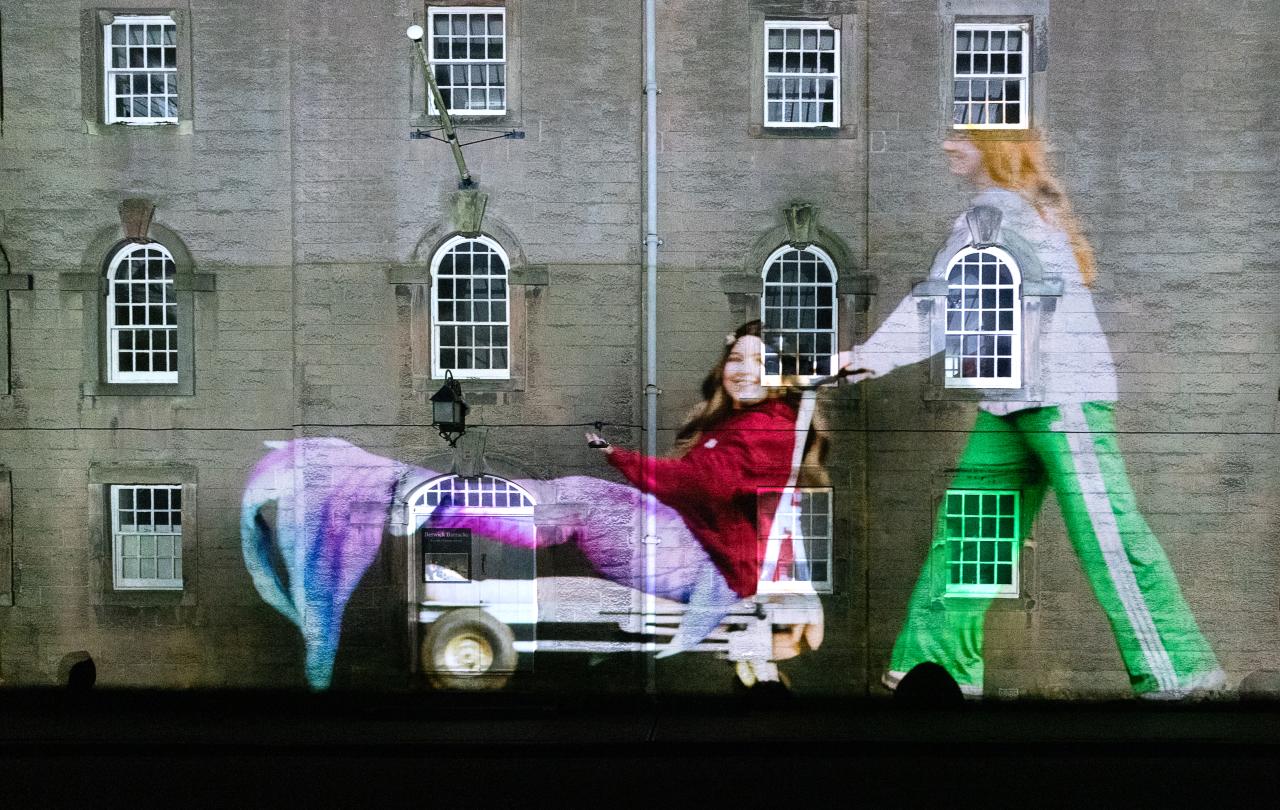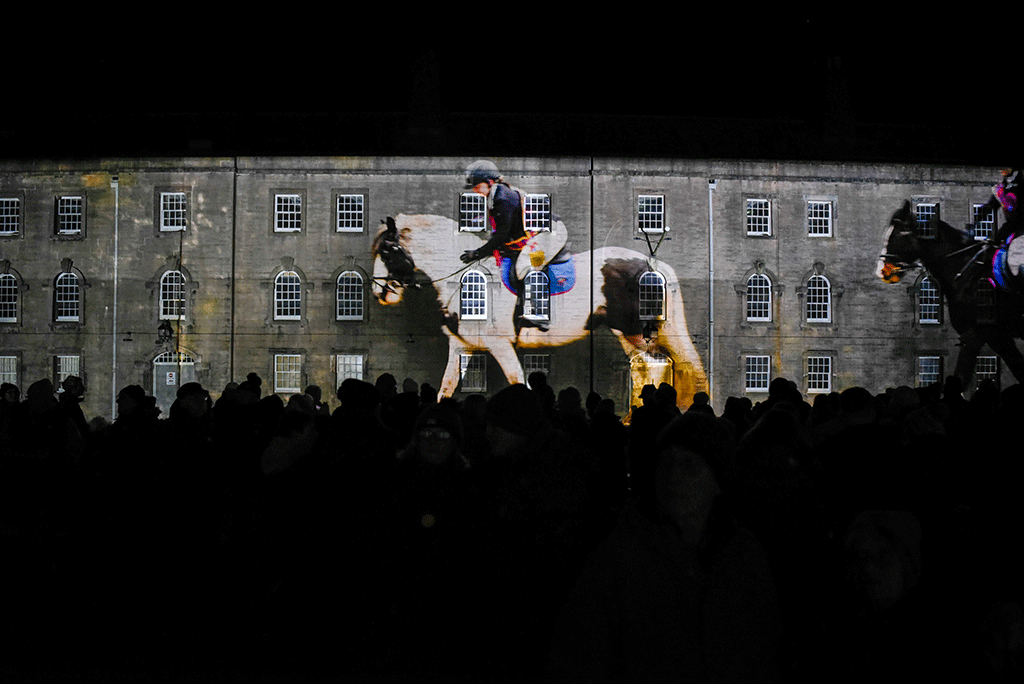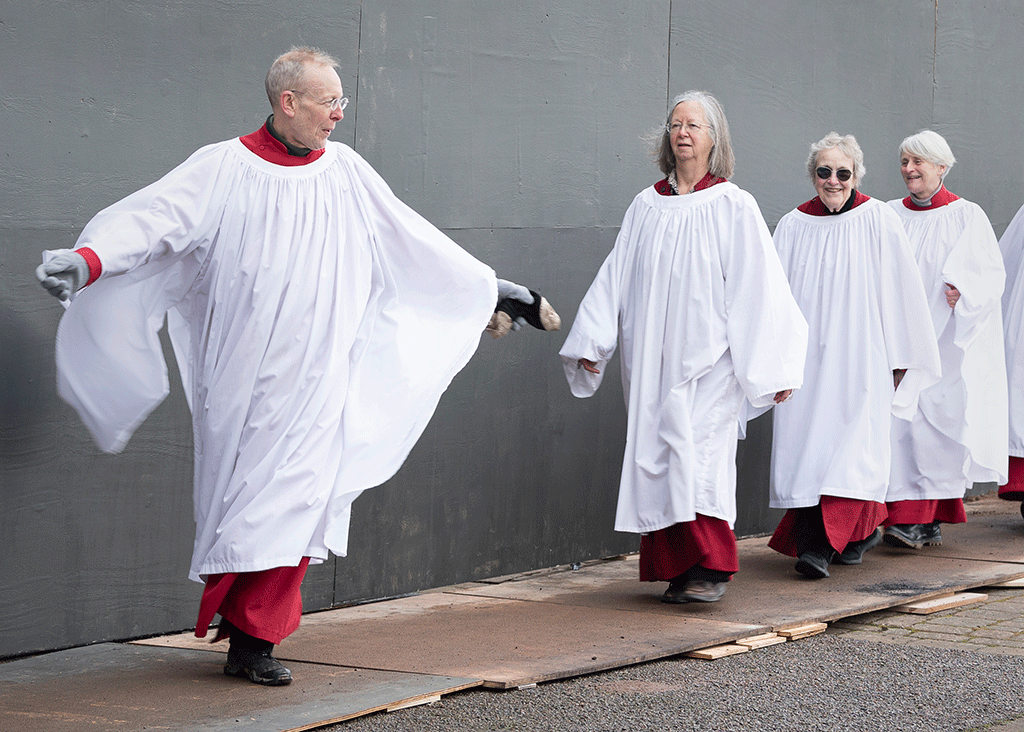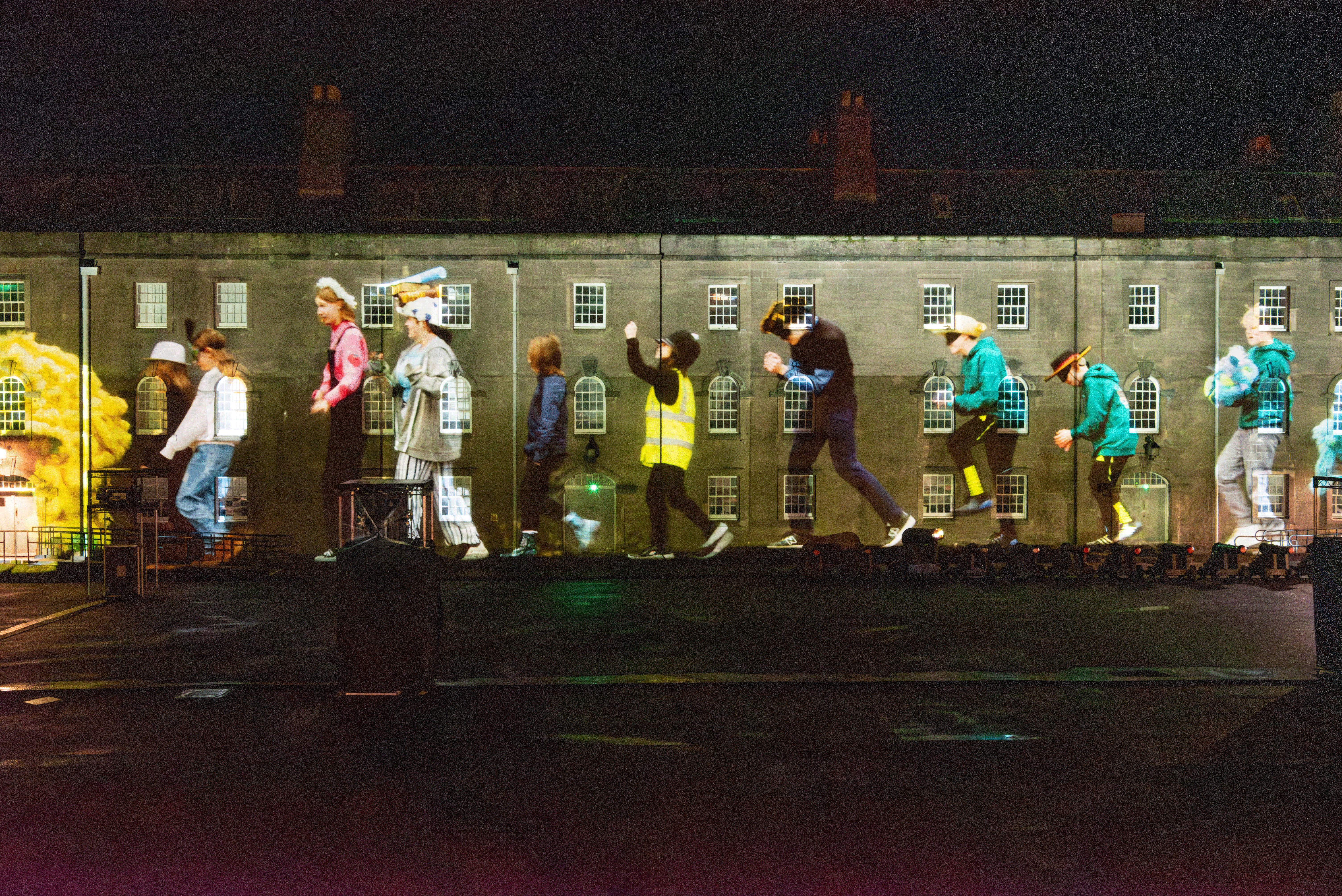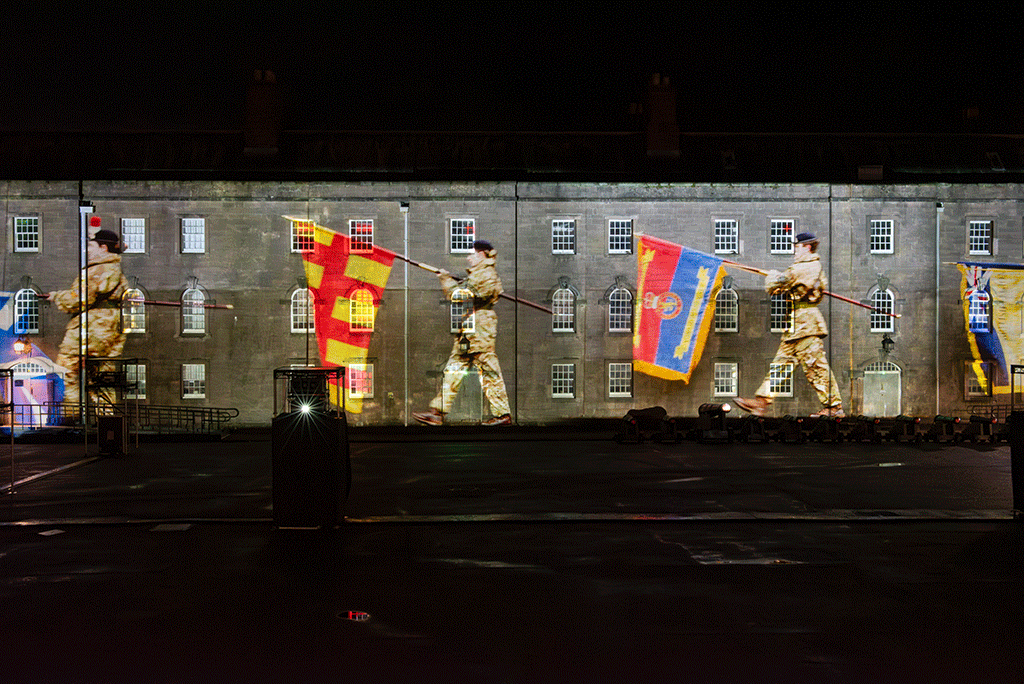
When Howard Wardle was making plans to set up a food bank in Eastbourne, in East Sussex, he received little support from his fellow church leaders. Speaking in the industrial estate warehouse that has been the food bank’s headquarters since 2017, Wardle recalls how at a meeting called to discuss the idea he largely encountered bafflement. At the time, Wardle was pastor of the town’s Community Church.
“They said, ‘There isn’t a need in the town – you’re wasting your time doing it’,” Wardle says of the meeting in 2011.
Wardle nevertheless received encouragement from Eastbourne’s Citizens’ Advice Bureau, from the major of the local Salvation Army congregation, the local authority’s social services – and the Trussell Trust, the UK’s largest organiser of food banks. The food bank, of which Wardle is now chief executive, last year handed out 280,000 meals.
Yet for Wardle and the Emma Revie, the Trussell Trust’s national chief executive, it is a matter of regret that its members are distributing so much food – organisations affiliated with the Trussell Trust handed out 2.99mn parcels in the year to March 2023. The figure was a 37 per cent increase on the year before, a rise largely down to the cost of living crisis started by the spikes in energy and food prices following Russia's full-scale invasion of Ukraine in February 2022.
“It’s incredibly worrying and upsetting that so many people – more people – are having to come to food banks,” Revie says.
Workers at the Eastbourne Foodbank and others nationally are following a strategy of campaigning for policies that seek to ensure no one needs to seek emergency food support. They also employ staff who help clients to navigate the benefits system, prepare for work or take other steps to find a permanent solution to their problems.
“We were absolutely resolute that enough is enough. We needed to do whatever we needed to do to reduce the number of people needing to come to food banks.”
The Trussell Trust centrally provides organisational support for affiliated food banks but deliberately does not undertake functions such as purchasing food.
Revie says it adopted the strategy of trying to put itself out of business five years ago, after experiencing significant growth in demand for its services. The trust was founded in 1997 in Salisbury by Carol and Paddy Henderson, a Christian couple. Christian principles have been core to the trust’s operations ever since.
“We reached a decision point where we either had to accept that this situation was likely to increase and would always be needed or we had to decide that that was not acceptable and change the way we thought about our work,” Revie says.
The trust recognised how inadequate food parcels were to the fundamental needs that member food banks were seeing among clients, she adds.
“The reason people are coming to food banks is they don’t have enough money to afford the essentials,” Revie says. “They know it’s not going to put credit on the gas meter. They know it’s not going to pay for school shoes.”
The organisation had to decide whether it accepted as inevitable that so many people needed its services or would reorient itself towards working to end that need, she adds.
“We were absolutely resolute that enough is enough,” Revie says. “We needed to do whatever we needed to do to reduce the number of people needing to come to food banks.”
“We’re not just here to get people on benefits. If we think they can work, we try to encourage people to get into work.”
In Eastbourne, the strategy of reducing dependence on food banks has been in place from the start, according to Wardle.
“When we started, we felt it was one thing to have a food bank giving out food but another to have people not need to come to food banks,” he says.
After receiving some grant funding, the food bank took on staff to help clients to resolve their financial problems and ensure they were receiving all the welfare benefits to which they were entitled.
“We built a welfare benefits team, a debt team and a medical benefits team so that we could help clients,” Wardle says.
Robert Crockford, the food bank’s senior advocacy officer, says he helps food bank clients to navigate issues such as the two-child limit and the overall benefits cap that restrict the amount benefits recipients can receive.
The two-child limit stops parents from receiving child benefit for any more than two children if the additional children were born after 2017. The benefit cap - £283.71 for a single person living outside Greater London – was introduced in 2013. It limits the total amount a person or family can receive from the system.
Crockford explains that he seeks to help clients to explore whether they count as disabled, a carer or have some other status that might enable them to receive higher benefits.
The group also works with People Matter, a charity that helps to prepare people for work.
“We’re not just here to get people on benefits,” Crockford says. “If we think they can work, we try to encourage people to get into work.”
Revie bemoans the overall inadequacy of the benefits system, pointing out that many recipients of Universal Credit – the main income-support benefit for most people who are unemployed or on low incomes in the UK – cannot afford food.
“When almost half the people on that benefit are unable to afford food, something systematically is failing,” she says. “So do you tackle the symptoms or do you tackle the actual problem?”
That emphasis on tackling problems is clear at another food bank affiliated with the trust – in Kingston, on the south-western edge of London.
Ian Jacobs, director of Kingston Foodbank, says his organisation works closely with Citizens’ Advice to try to develop permanent solutions for people seeking help.
“We do deep-dive investigations into people’s circumstances to try to see if we can get more money into people’s pockets,” he says.
Kingston Foodbank currently operates six foodbank centres and one pantry, where referred clients can select and buy reduced-price food. Jacobs says he would like one day to reverse the proportion, so that it operates six pantries and one food bank.
Jacobs, a member of the Doxa Deo Community Church, an independent evangelical church, also makes it clear that many volunteers are working at the food bank out of Christian conviction.
“We’re always open to pray with clients,” he says.
Revie says the trust is “deeply rooted” in the local churches.
“Many of our volunteers and staff are motivated in the work that they do by their Christian faith,” she says. “Our values of community, compassion, dignity and justice are deeply rooted in the Christian faith.”
Revie points out that the trust was founded by Christians and that its network grew through approaches by individual churches to the trust.
"We as an organisation work with people of all faiths and none and we certainly support people of all faiths and none," she says. "But we are deeply rooted in the local churches and many of our volunteers and staff are motivated in the work that they do by their Christian faith,” she says.
Faith has a "very special role to play" in the trust's work, Revie adds.
“Our values of community, compassion, dignity and justice are deeply rooted in the Christian faith," she says.
“We don’t believe there should be food banks in today’s society,” Jacobs says. “That’s why we do all the extra work to make sure people aren’t dependent on the food bank.”





